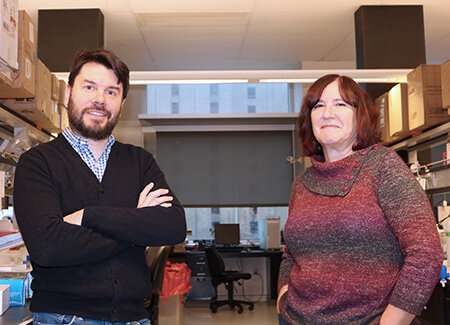Dunwoody officials said Thursday that no data was compromised during the ransomware attack, which was detected on Christmas Eve and is now under investigation by the FBI. The intrusion was quickly identified by staff, which worked with the city’s computer security contractors at InterDev to shut down servers and disconnect computers in order to limit the impact of the attack.
“As soon as we detected a problem, we took immediate steps to protect the city’s infrastructure,” Ashley Smith, InterDev’s director of government services, said in a news release. “Data back-ups were used to fully restore systems with no loss.”
Dunwoody police Chief Billy Grogan said the attackers demanded a ransom be paid in bitcoin, a digital currency. He declined to reveal the amount requested but said the city did not pay.







